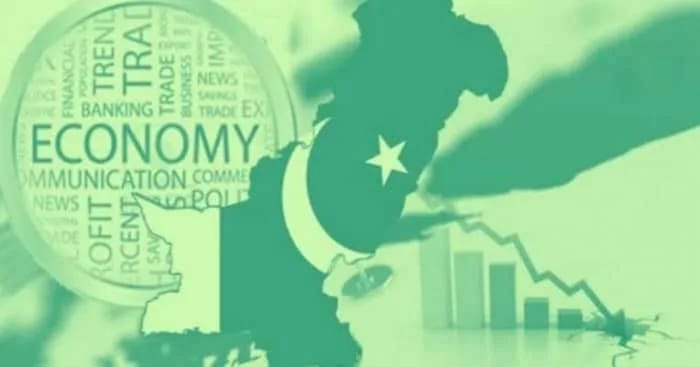By: Kashif Nawab
As the year 2025 begins, Pakistan finds itself navigating a complex and challenging landscape shaped by political, economic, social, and geopolitical dynamics. The country has undergone significant transitions in recent years, grappling with deep-seated issues while encountering opportunities for reform and growth.
Politically, Pakistan continues to face instability, with shifting alliances and contentious power struggles among major political parties. The most recent general elections were marred by accusations of electoral manipulation and lack of transparency, with criticism directed at the ruling party and the perceived influence of the military. While democratic institutions such as the judiciary and media remain active in holding the government accountable, the civilian government is often seen as struggling to assert its autonomy. Debates over electoral reforms and the relationship between military and civilian leadership dominate the political discourse, with newer political entities aiming to attract disillusioned voters, though their governance capabilities remain uncertain.
Economically, Pakistan faces a precarious situation marked by fiscal challenges, high inflation, and unemployment. Rising food and energy prices have eroded the purchasing power of citizens, sparking dissatisfaction and protests. Despite efforts to stabilize the economy, structural inefficiencies and reliance on external loans continue to hinder progress. Pressure from international lenders for austerity measures has compounded the strain, affecting public spending and social services. The depreciating currency, limited foreign direct investment, and a reliance on remittances further underscore the economic vulnerabilities. Meanwhile, youth unemployment remains a significant concern, with a growing demographic struggling to find meaningful opportunities amid a skills mismatch in the labor market.
Socially, Pakistan contends with challenges in education and healthcare. The education system struggles with disparities in quality, particularly in rural areas, while healthcare infrastructure remains inadequate for much of the population. Poverty and inequality persist, with urban-rural divides and gender disparities posing significant hurdles to progress. Efforts to address these issues have seen limited success, with millions of citizens still lacking access to essential services. Additionally, religious and ethnic tensions continue to threaten social harmony, though initiatives for dialogue and reconciliation are underway.
Geopolitically, Pakistan’s position in South Asia remains a defining factor in its foreign relations. The unresolved Kashmir conflict with India continues to dominate its foreign policy, with tensions showing little sign of resolution. Strategic relationships with China and the United States are crucial, particularly in the context of the China-Pakistan Economic Corridor, though concerns over debt sustainability and regional influence persist. Relations with Afghanistan remain complex, shaped by cross-border terrorism concerns and refugee issues, as Pakistan plays a pivotal role in regional stability efforts.
Security remains a critical concern, with threats from militant groups and internal unrest requiring sustained counterterrorism operations. While the military has made progress in curbing terrorist activities, new challenges from insurgencies and extremism highlight the ongoing vulnerabilities. Internal issues such as sectarian violence and ethnic tensions further complicate the security landscape.
As Pakistan moves forward in 2025, the challenges it faces are substantial, yet opportunities for reform and growth remain. The country’s resilience and potential for transformation offer hope, but success will depend on strong leadership, effective governance, and a commitment to addressing the needs of its population. The coming years will be pivotal in determining Pakistan’s trajectory toward stability and prosperity.


